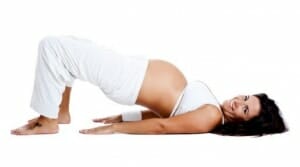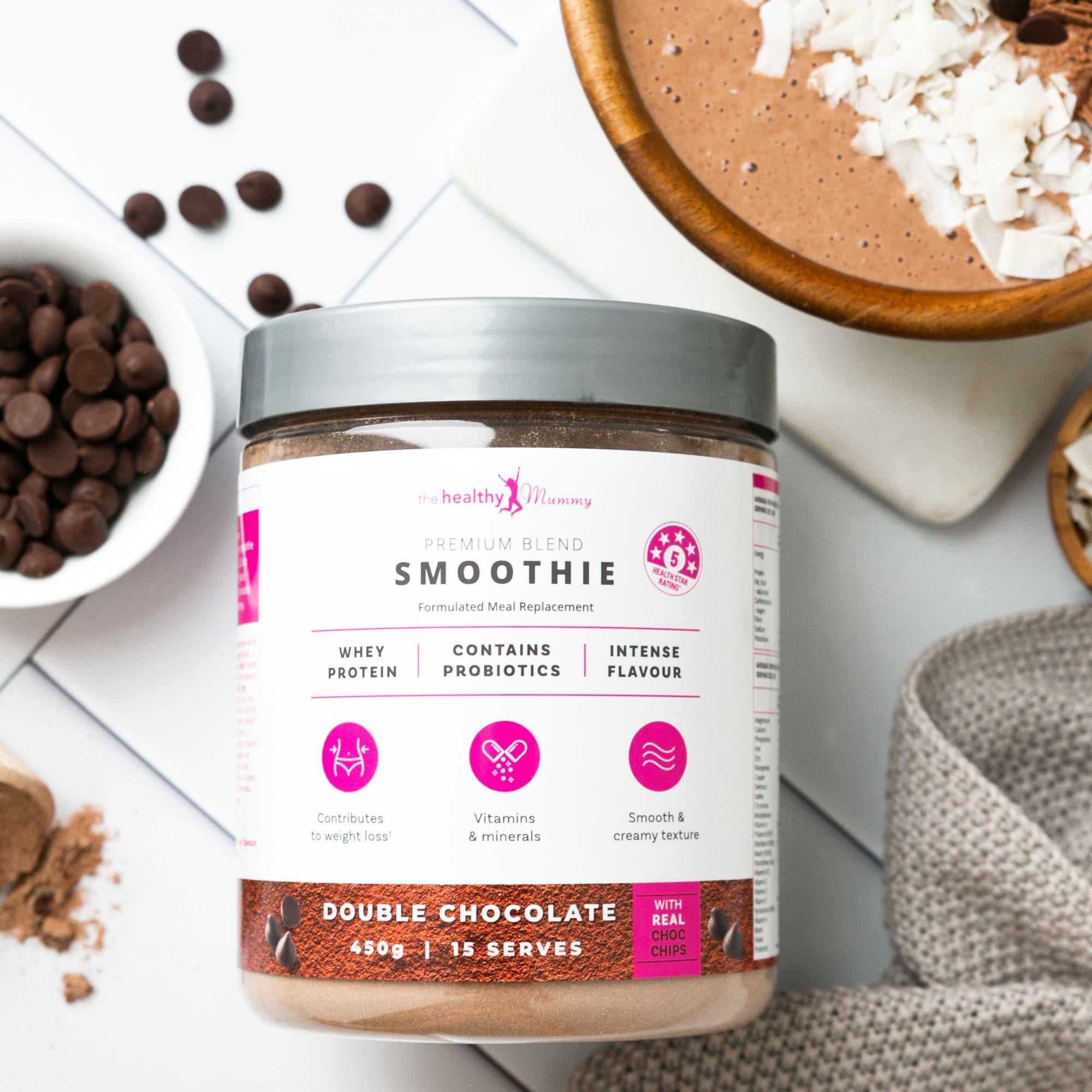Vaginal Prolapse & How To Prevent It
One mum shares her personal experience with vaginal prolapse and offers her tips and advice on how other mums can work to avoid it.
Written by Anne
 One day, I’d jumped into the shower as normal and was getting on with washing myself when I coughed. And that’s when it happened – I had a strange sensation down below, and felt something like a little lump outside of my vagina. I wasn’t in pain, but it felt very, very unpleasant.
One day, I’d jumped into the shower as normal and was getting on with washing myself when I coughed. And that’s when it happened – I had a strange sensation down below, and felt something like a little lump outside of my vagina. I wasn’t in pain, but it felt very, very unpleasant.
I knew exactly what this was – a vaginal prolapse. I’d heard of a vaginal prolapse in my training, I’d done plenty of pelvic floor exercises after my babies were born, and I’d taught many other women to be vigilant with their pelvic floor exercises. But it still happened to me – I was going to have to get on with life after having a vaginal prolapse.
What is a vaginal prolapse?
A vaginal prolapse is what happens when your pelvic floor muscles are either very weak or very relaxed, and they allow the organs that they protect to drop down out of your vagina outside of your body. A severe prolapse could include the rectum, bladder or uterus dropping down out of your body, whilst a partial prolapse includes a small bulge of one of these organs.
Whilst this sounds very unpleasant and maybe even a little gross, you might be interested to know that a vaginal prolapse can happen to anyone who has given birth vaginally. Giving birth vaginally stretches your pelvic floor muscles, and so this process also weakens the muscles. Prolapses tend to occur when the pelvic floor becomes very weakened – and because your pelvic floor muscles have the very important job of holding all your pelvic organs in place along with keeping everything in place down below, when they become weakened, this can lead to a prolapse.
Often, women do not know that their pelvic floor muscles have become weakened until they reach menopausal age. At this age, women can experience problems such as lack of sexual sensation and incontinence – and for some women with a weak pelvic floor, these problems can start much earlier. But pelvic floor exercises can really improve these weakened muscles – they are easy to do and you can do them anytime, anywhere. Just like any other muscle exercise, repeated working of your pelvic floor will leave it stronger and more able to do its job properly – but the problem is that many women tend to forget to do their exercises as they get older.
What about oestrogen?
Oestrogen levels are thought to affect how well your pelvic floor maintains its tone – the lower your oestrogen levels, the less sensitive and responsive your pelvic floor muscles will be. But what you may not know is that the hormones that produce breast milk cause reduced levels of oestrogen, and so whilst breastfeeding you’ll have to perform pelvic floor exercises to help tone your pelvic floor as it will naturally be weak. Make sure you start your exercises whilst breastfeeding, then when you stop breastfeeding, keep doing your exercises – even though your oestrogen levels will have returned to normal, you should continue to do your exercises to keep your pelvic floor strong.
Because of the prolapse, I had to wean my baby in order to get my natural oestrogen levels back up to normal – and because I had had a prolapse, the doctors told me that I could have to go through a hysterectomy or incontinence as I approached menopause. To reduce my risk, I was told to perform pelvic floor exercises every day – and these exercises helped to prevent the prolapse from reappearing. When I didn’t perform the exercises, I would feel a tell-tale lump outside of my vagina which served as a warning that I needed to start doing them again.
If I hadn’t been performing pelvic floor exercises, my prolapse would have been far worse than it was. My life is completely normal – thankfully, I am not really affected by the prolapse. However, as I get older, and as menopause looms near, my oestrogen levels will become depleted again and I will have to perform the exercises more often than I do now. Whilst medical advances have been made, meaning that if I do have a prolapse again I shouldn’t have to go through surgery to fix it, I am determined to keep the problem at bay by performing pelvic floor exercises throughout the day.
Where to find help
Continence Australia has numerous articles that will advise you how to perform pelvic floor exercises and also how to modify your exercise routine in order to prevent embarrassing accidents. Even if you have not experienced weaknesses in your pelvic floor, you should start doing the exercises as they’ll aid with sexual function too. You can also see videos and advice here on what exercises to do for your pelvic floor.
This article was written by Ann and Ann wishes to remain annonymous









